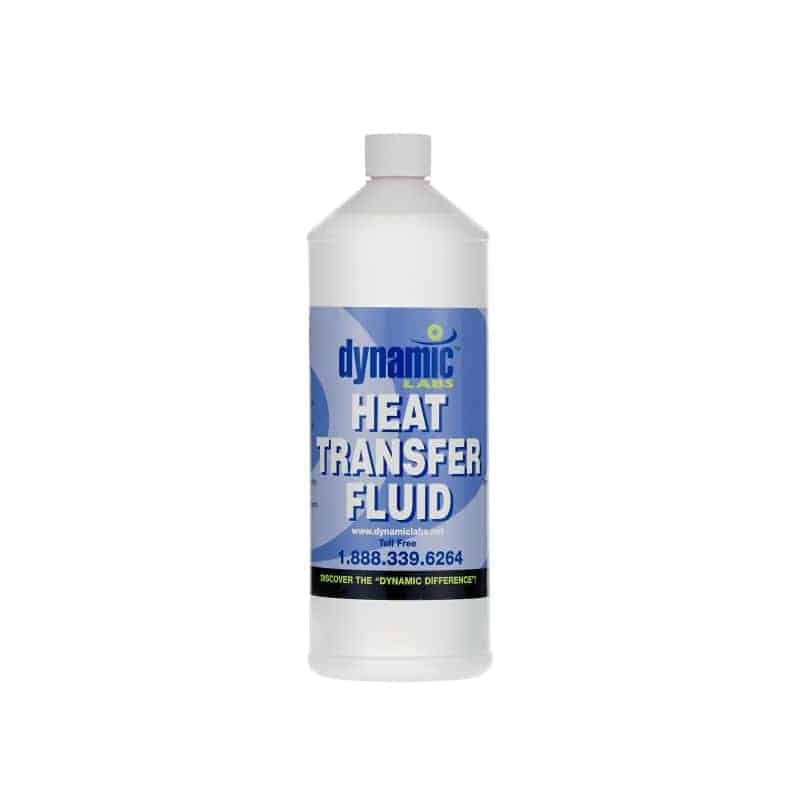The Role of Thermal Oil in Heat Transfer Systems
The Role of Thermal Oil in Heat Transfer Systems
Blog Article
Maximize Your System's Life expectancy With the Right Heat Transfer Fluid
Choosing the suitable warm transfer fluid is essential for optimizing system performance and long life. Recognizing the numerous kinds of warm transfer fluids and the specific needs of your application can dramatically affect the general health of your system.
Importance of Heat Transfer Fluids

In addition, warmth transfer fluids add to the security and integrity of thermal systems. They help maintain ideal operating temperature levels, therefore minimizing the risk of overheating and devices failing. This is specifically critical in atmospheres where exact temperature level control is crucial. Additionally, the best warm transfer fluid can supply security versus deterioration and scaling, more expanding the life-span of equipment and framework.
Kinds of Heat Transfer Fluids
Different kinds of heat transfer fluids are commonly made use of in commercial applications, each tailored to certain operational requirements and temperature level arrays. The most widespread classifications include water, oils, and specialized synthetic liquids.
Water is commonly utilized because of its exceptional thermal conductivity and availability; nevertheless, its limitations emerge at heats and possible cold conditions. For higher temperature applications, thermal oils, such as mineral oils or natural substances, are made use of. These oils provide superior thermal security and can run properly at raised temperatures, making them suitable for procedures like food processing and petrochemical manufacturing.
Synthetic liquids, which can be either not natural or organic, are made to satisfy specific efficiency criteria. They often show enhanced buildings such as low poisoning, broad temperature level varieties, and resistance to oxidation. Instances include esters and glycols, which are optimal for specialized applications like solar thermal systems and heat exchangers.
Furthermore, refrigerants are used in cooling down systems, leveraging their phase adjustment residential or commercial properties to launch and soak up warm successfully. Each sort of warm transfer liquid is and presents unique benefits selected based on the certain needs of the application, making sure optimum performance and system durability.
Variables to Take Into Consideration When Picking
Selecting the suitable heat transfer liquid includes mindful consideration of a number of aspects to ensure optimal performance and system effectiveness. Among the key factors is the temperature variety needed for the system. Liquids differ in their thermal security and can lose or break down effectiveness outside details temperature level restrictions.
One more important factor to consider is the fluid's viscosity, as it affects pump performance and power intake. A fluid that is as well viscous might prevent blood circulation and rise functional expenses. Additionally, the fluid's details warmth capability plays a crucial function in identifying how effectively it can move warm.
Chemical compatibility with system materials is also essential to avoid deterioration, degradation, important site or leaks - dielectric cooling fluid. Guaranteeing that the chosen fluid is suitable with the building and construction materials can lengthen the life-span of the system

Advantages of Proper Fluid Option
Proper choice of a warm transfer liquid returns significant advantages for system performance and integrity. The right fluid improves thermal conductivity, making certain optimal heat transfer rates within the system. This effectiveness decreases power consumption, resulting in lower functional expenses and a lowered ecological footprint.
Moreover, suitable fluid choice adds to system long life by protecting against deterioration and degradation of components. Fluids formulated with corrosion inhibitors protect metal surfaces, therefore extending the lifespan of pumps, pipelines, and warmth exchangers. In addition, picking a liquid with ideal thickness makes sure efficient flow, which is vital for keeping constant temperature distribution throughout the system.
Another important advantage is the liquid's thermal security. A steady heat transfer fluid can run over a large temperature range without breaking down or shedding performance, which is necessary for systems subjected to varying thermal conditions. In addition, the appropriate liquid can also mitigate threats associated with freezing or boiling, thereby protecting against functional disruptions.
Upkeep Tips for Longevity
Making certain the durability of a heat transfer system needs persistent upkeep practices that enhance the benefits of correct fluid option. Routine inspections are necessary to determine possible leaks, deterioration, or sediment accumulation that might endanger system effectiveness. Develop a routine timetable to assess pipe honesty, connections, and installations, as these areas are commonly vulnerable to put on and tear.

Checking fluid levels and high quality is similarly vital. Regularly look for signs of contamination, such as discoloration or particulate matter, which can suggest deterioration of the warmth transfer liquid. Applying routine liquid evaluation can give understandings right into its chemical properties, enabling timely replacements when required.
In addition, maintaining optimum operating temperature levels is vital. Encourage look what i found using temperature level controls and sensing units to prevent overheating, which can speed up fluid degradation and damages system parts.
Finally, constantly follow the maker's guidelines concerning fluid substitute periods and maintenance protocols. By devoting to these finest methods, you can considerably enhance the functional life expectancy of your warm transfer system, ensuring reliable efficiency and minimizing the need for costly fixings or premature replacements.
Conclusion
In final thought, the option of a suitable warm transfer liquid is essential for improving system performance and longevity. By comprehending the numerous types of fluids and thinking about vital elements such as thermal conductivity and deterioration resistance, optimal performance can be accomplished.
Warmth transfer liquids play an essential duty in numerous industrial and commercial applications by assisting in the reliable transfer of warmth in between surface areas.Moreover, heat transfer fluids add to the safety and security and integrity of thermal click here for more info systems. Additionally, the fluid's specific heat capability plays an essential duty in identifying exactly how properly it can move warmth.
The appropriate liquid boosts thermal conductivity, making certain optimum warmth transfer prices within the system. A secure warmth transfer liquid can run over a large temperature level variety without breaking down or losing efficiency, which is important for systems exposed to fluctuating thermal conditions.
Report this page